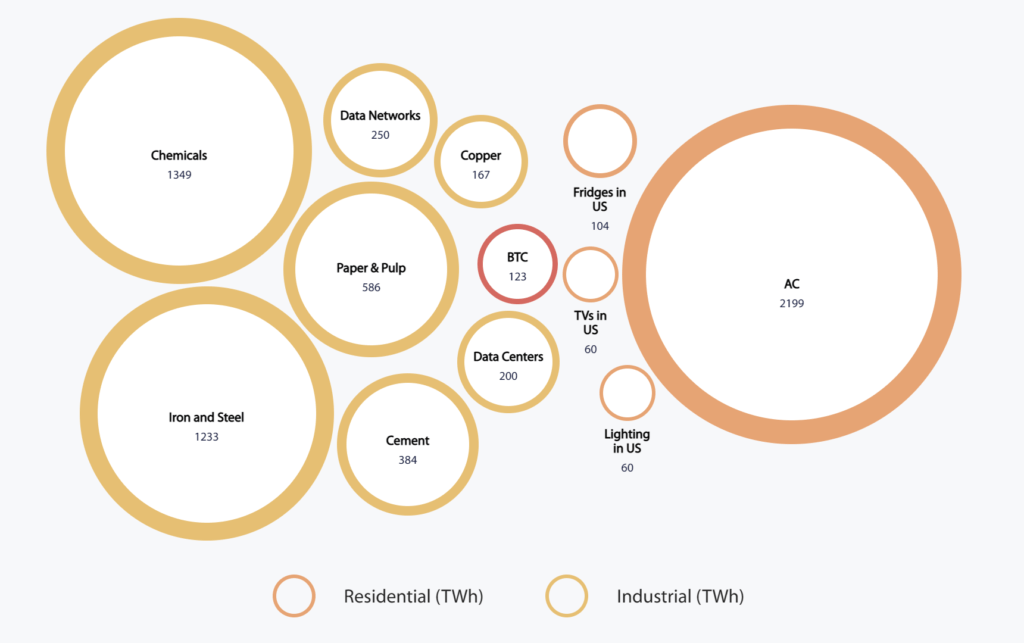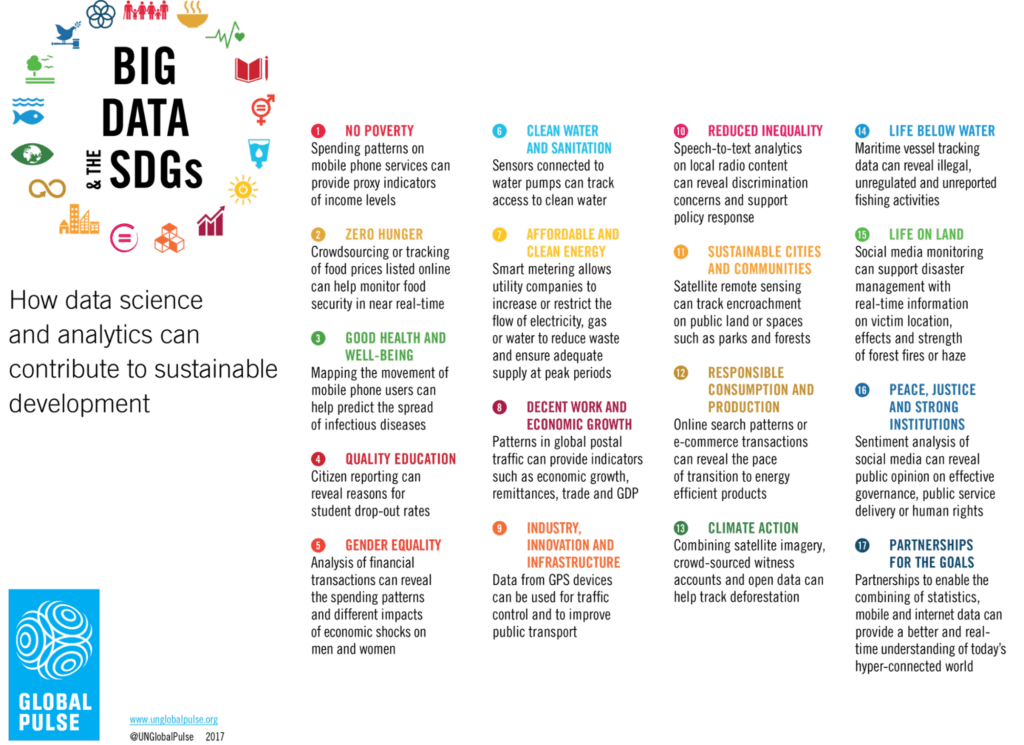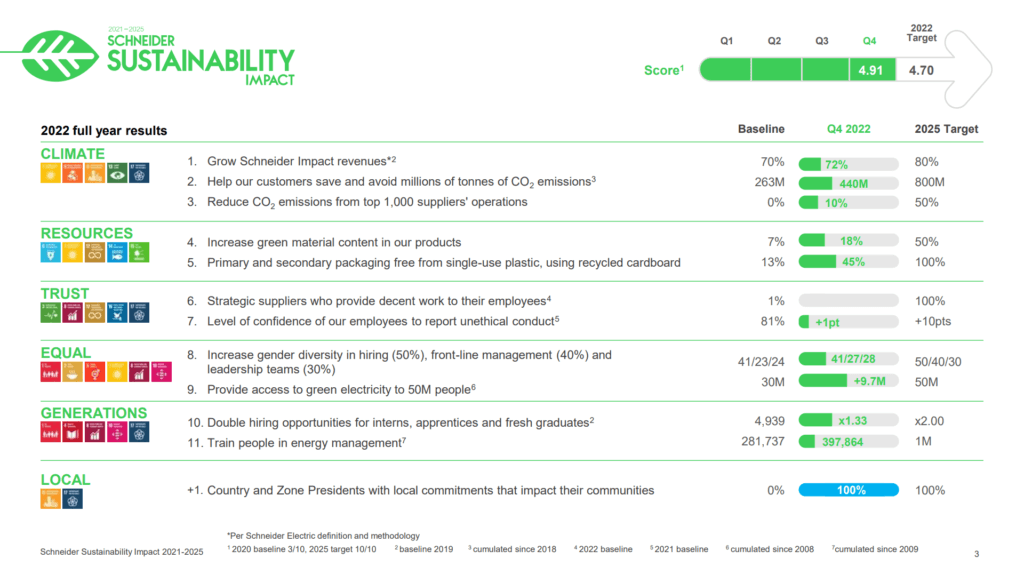 Insight Hey AI, we need to talk about those emissions
Insight Hey AI, we need to talk about those emissions
It’s been hard to escape the discussion around advances in AI in recent weeks. The prospect of AI taking over everything from content creation to national defence has gone from being the stuff of Hollywood screenwriters to being very real, very quickly. But the generative AI engines powering this seismic shift do not exist in a vacuum. In fact, pulling the vast potential of ChatGPT and Bard AI into online search means that an everyday Google or Bing search will consume up to five times more computing power.
As it turns out, emissions are AI’s dirty big secret.

Mapping the environmental impact of AI, blockchain and web3
It wasn’t that long ago that going paperless was considered the height of an organisation’s sustainability efforts. The reality of a digital-first world, however, is one that requires an incredible amount of energy – energy extracted from fossil fuel-first infrastructure. At over 412 terawatt-hours per year, the internet consumes more power than the entirety of the UK.
The IEA states that data centres now make up 1% of global greenhouse gas emissions. And it’s not just AI leading the consumption charge. As novel technologies like blockchain and web3 become more established in everyday life, that rate of power usage will continue to gather pace.

Visualising Bitcoin power consumption (BTC). Source: CBECI
Let’s take Bitcoin as an example. Back in the day (2009 to be precise), when the new cryptocurrency first came to prominence, you could mine a new Bitcoin using a standard desktop computer setup. These days, the equivalent rig would use up 13 years’ worth of household electricity (or about $12,500 in real money).
In 2021, Bitcoin power consumption totalled 91 terawatt-hours of electricity. That’s more than the entire country of Finland, much of which is in darkness for large parts of the year and needs to keep the lights on 24/7. It’s also more than seven times the total power usage of Google’s operations worldwide. (The 2022 figure was even higher at 108 terawatt-hours.)
The Cambridge Bitcoin Electricity Consumption Index provides a live dashboard showing Bitcoin network power demand worldwide, updated every 24 hours. Users can track live and historical energy demand, total electricity consumption, and a world map of the worst power offenders.
At the time of writing, Bitcoin network power demand sat at 14 gigawatts, which would soak up the entire generation capacity of the UK’s 17 gas-powered power plants.

Global Bitcoin network power demand on 17 March 2023. Source: CBECI
On their end, Google has pledged to hit net-zero emissions across its operations and value chain by 2030. Microsoft has committed to becoming carbon negative by the same year, and to remove the equivalent of its historical emissions since the company was founded by 2050.
Just how those targets are achievable in the context of generative AI search, cryptocurrencies and the like remains to be seen, but the move to 24/7 renewable power will be key.
How big tech can boost its eco credentials with enhanced sustainability data
“Data is the lifeblood of decision-making and the raw material for accountability.”— United Nations
We know the risks around big data, especially in private hands. But rapid technological development also brings opportunities to support sustainability.
The UN calls this the ‘Data Revolution’ and points to the value of big data in progressing towards its Sustainable Development Goals (SDGs), not just in terms of the environment, but also in terms of rebalancing social injustices around the world. Organisations like UN Global Pulse are championing inclusive digital innovation projects and the concept of ‘data philanthropy’, often in partnership with private-sector companies.

How big data can support the UN’s Sustainable Development Goals. Source: UN Global Pulse
In an age of greenwashing/hushing, companies need to provide the sort of next-level sustainability proof demanded by today’s consumers. At CES earlier this year, Taiwanese computing giant Asus put greener technology front and centre of its new laptop releases, with considerations across the supply chain from minerals sourcing to product packaging. The company is also targeting the use of 100% renewable energy to power its domestic operations centres by 2030.
Schneider Electric is an example of a private-sector firm visualising its progress towards net zero and other sustainability goals. In 2022, the company became one of the first in the world to get its net-zero targets for its entire value chain validated by the Science Based Targets initiative.

Visualising private-sector progress towards net zero. Source: Schneider Sustainability Impact
Using data smartly to build a more sustainable internet
Of course, the prospect of an all-electric, all-renewables infrastructure would make Elon Musk’s dream of killing off combustion altogether a reality. In Tesla’s eyes, the cost of investing in a sustainable energy economy over the next 20 years (a cool $10 trillion) would be 40% less than the cost of continuing with fossil fuels ($14 trillion) over the same period.
So how can the big tech companies use the data at their disposal to build an internet with a low/no carbon footprint? Here are 4 key areas to focus on:
- Beyond carbon offsetting – the fallacy of simply offsetting emissions has been well and truly exposed by now, and more workable solutions are required to take their place
- Invest in renewable energy infrastructure – if they can’t immediately reduce consumption, big tech firms should at least make that consumption powered by renewables, as opposed to fossil fuels
- Invest in quantum computing technologies – this is something of a wildcard, but quantum computers have the potential to process calculations that would take existing computational tech 1,000s of years to solve.
- Innovation – we cannot get around the fact that data centres require cooling, but could they be used to heat water, for example, in swimming pools?
Our Sustainability pod was set up to help organisations address their most pressing data challenges around net zero, circularity and social justice.
